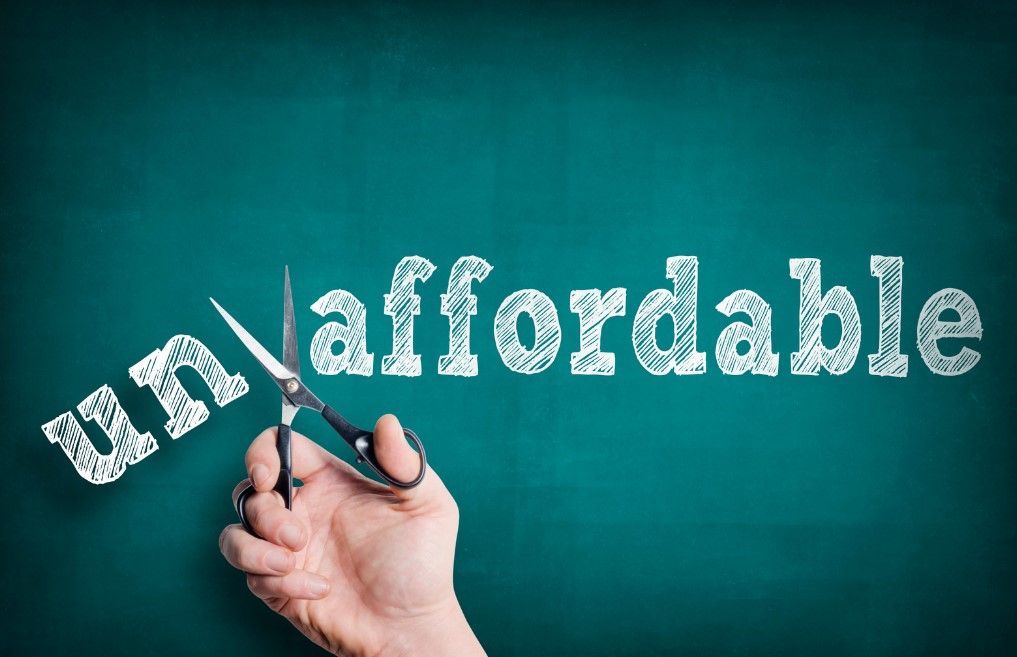The Psychology of Home Pricing: Why It’s More Than Just the Numbers
When it comes to real estate, pricing a home seems like it should be straightforward: look at the comps, factor in the square footage and condition, and land on a fair number.

In Part 1 of this topic, it became clear that a number of factors could combine to make what was once affordable now cost-prohibitive. Inflation, rising interest rates and climbing property levies, among other variables, are putting some coveted properties out of buyers' reach. Given this perfect storm of skyrocketing prices and costs, those navigating the real estate market must often downsize their plans to accommodate the new realities. In so doing, however, they need not throw the baby out with the bathwater. There are ways to roll with the financial punches and stay focused on procuring the ideal house.
Expanding the Geographic Radius
If the property you desire is now too expensive, consider the idea of looking farther and wider for something similar. Unless the location is the primary motivator, the same type of home might be available in another county at a lower price. Just across the river from New York City, for example, sits Bergen County, New Jersey -- an enclave of bedroom communities for NYC commuters. An hour northwest of Bergen County is Sussex County, NJ. Agricultural and spread out, this county nevertheless houses more than a few NYC commuters itself. Still, the median home values diverge significantly: $350,000 for Sussex and $609,000 for Bergen. Sometimes, a longer commute can pay for a dream home.
Take Action Sooner
Some prospective purchasers are intimidated by increasing home values and ascending rates. At the same time, those indicators may well be manageable in the short term. If the velocity of inflation scares you, buy now -- assuming you are able. If inflation does end up reaching double digits, you will be glad you did. Always be sober about your financial capacity but do not wait for things to get better before jumping in when you have the means. Things often get worse before they get better.
Tighten Your Belt
This is, as always, easier said than done. Still, the savings can pile up for those who are serious about economizing. Forgoing a Starbuck's in favor of homemade brew can net over $100 each month. Conserving on electricity can also add to the spendable coffers -- keeping the thermostat lower; lights off when unused; and only running appliances when they reach full capacity go far to keep money in the wallet. Cancelling a cable subscription in favor of cheaper, a la carte streaming will also result in retaining more of your income. The more you keep, the easier it is to bear inflationary pressures.
Get a Low Rate through Creditworthiness
Lenders like low-risk borrowers best of all. The most reliable can often catch a break on interest rates whereas those with credit blemishes must suffer higher interest to offset the hazard. Making the monthly payment manageable often depends on excellent credit scores. To achieve this, potential homeowners need to present credit scores of 740 or more. Consolidating personal debt and paying it down substantially makes a reasonable interest rate much more likely.
Consider an Adjustable Rate Mortgage
The standard model of 30-year fixed loans is not suitable for every home buyer. Adjustable-rate mortgages (ARMs) might be a solution. These come with opportunities and, it must be said, risks. Yet for the first years, borrowers can enjoy relatively low rates. Good, steady incomes, sufficient assets and strong credit are important here because after the introductory rate expires, the interest rate could soar to an uncomfortable height. Nevertheless, a stable borrower can always refinance to a fixed-rate product before the ARM adjusts to prevailing rates. Inflation may abate by then.